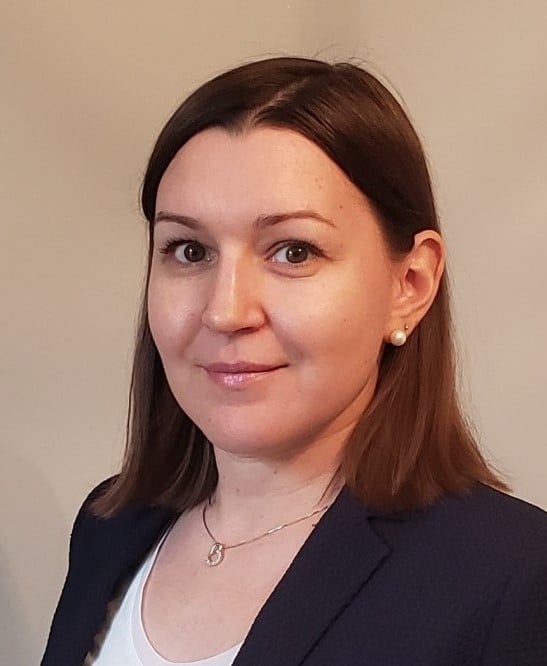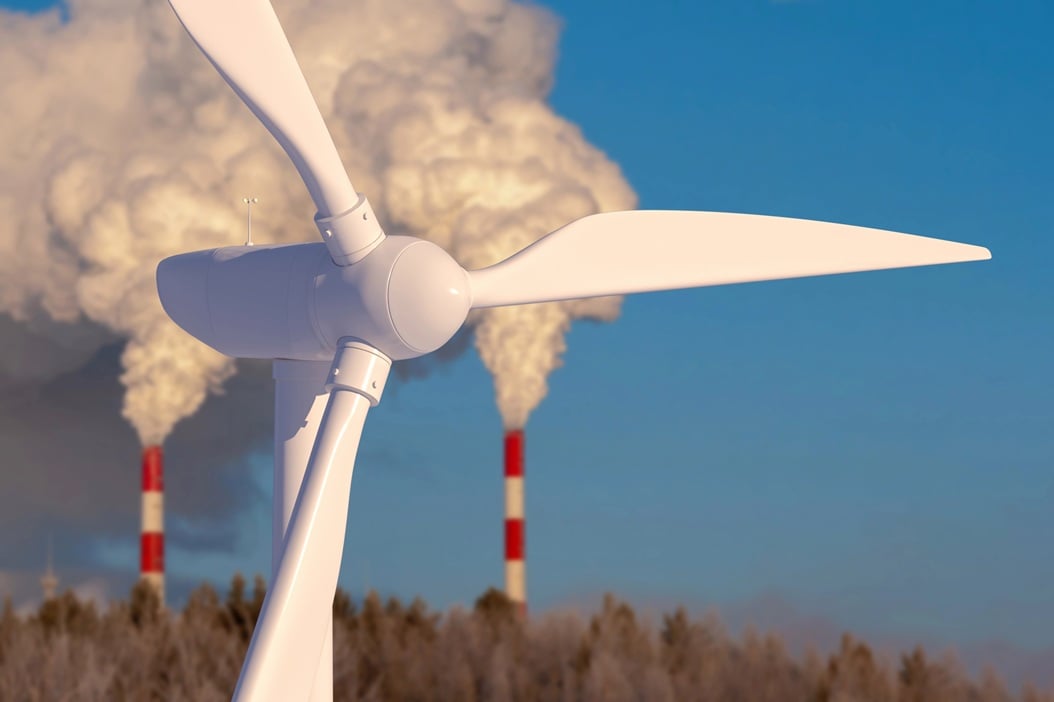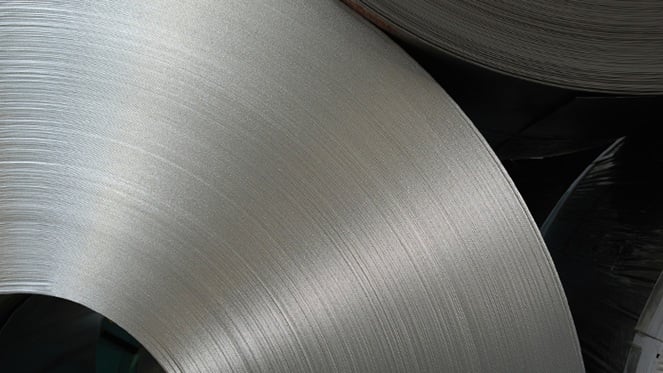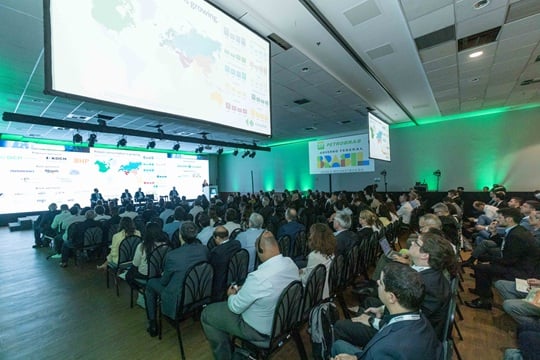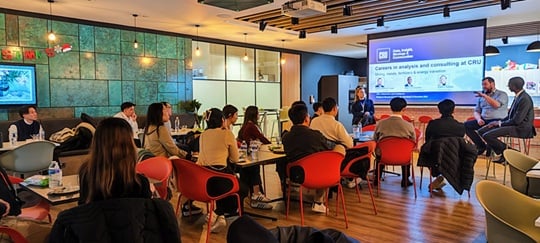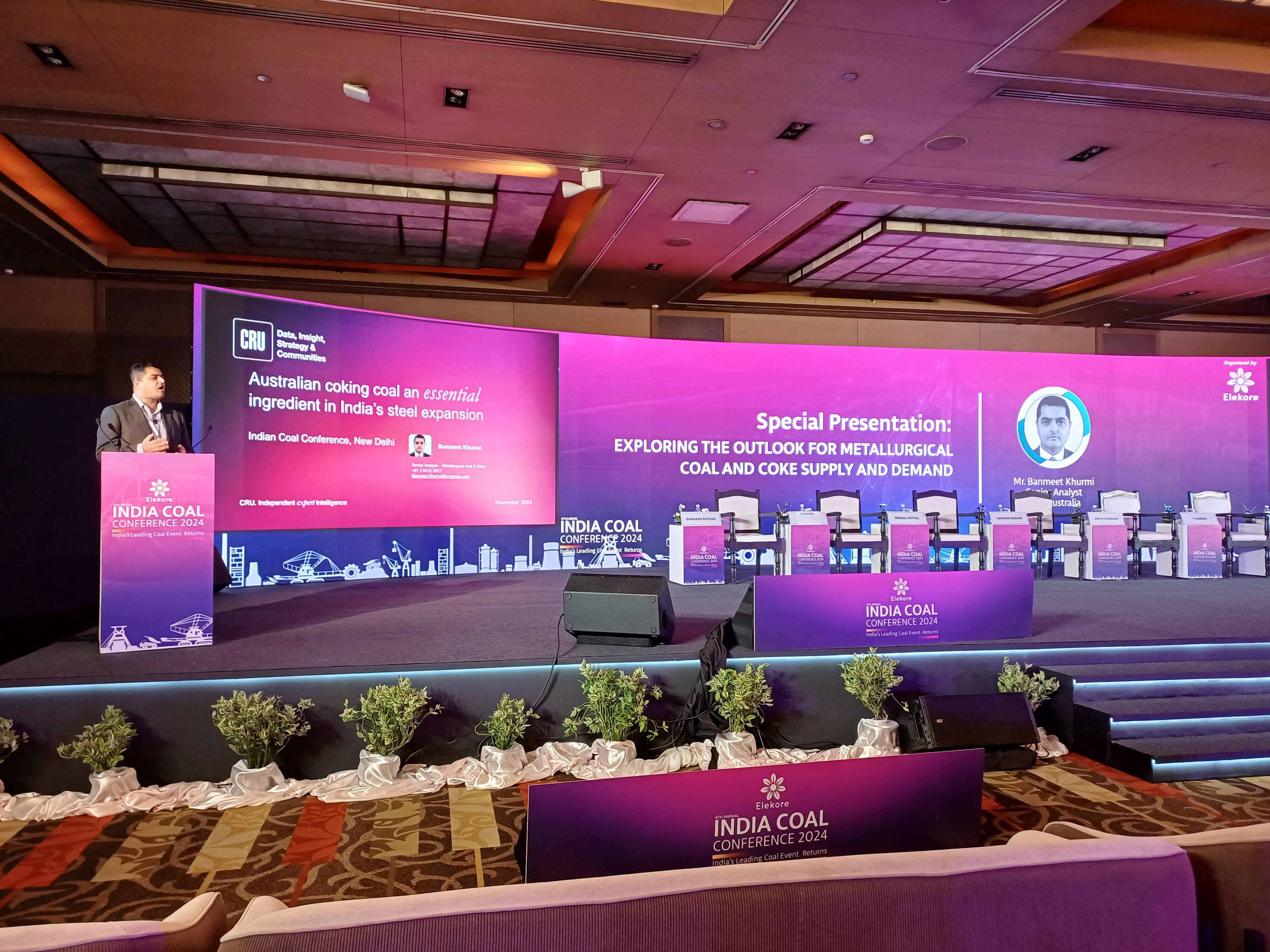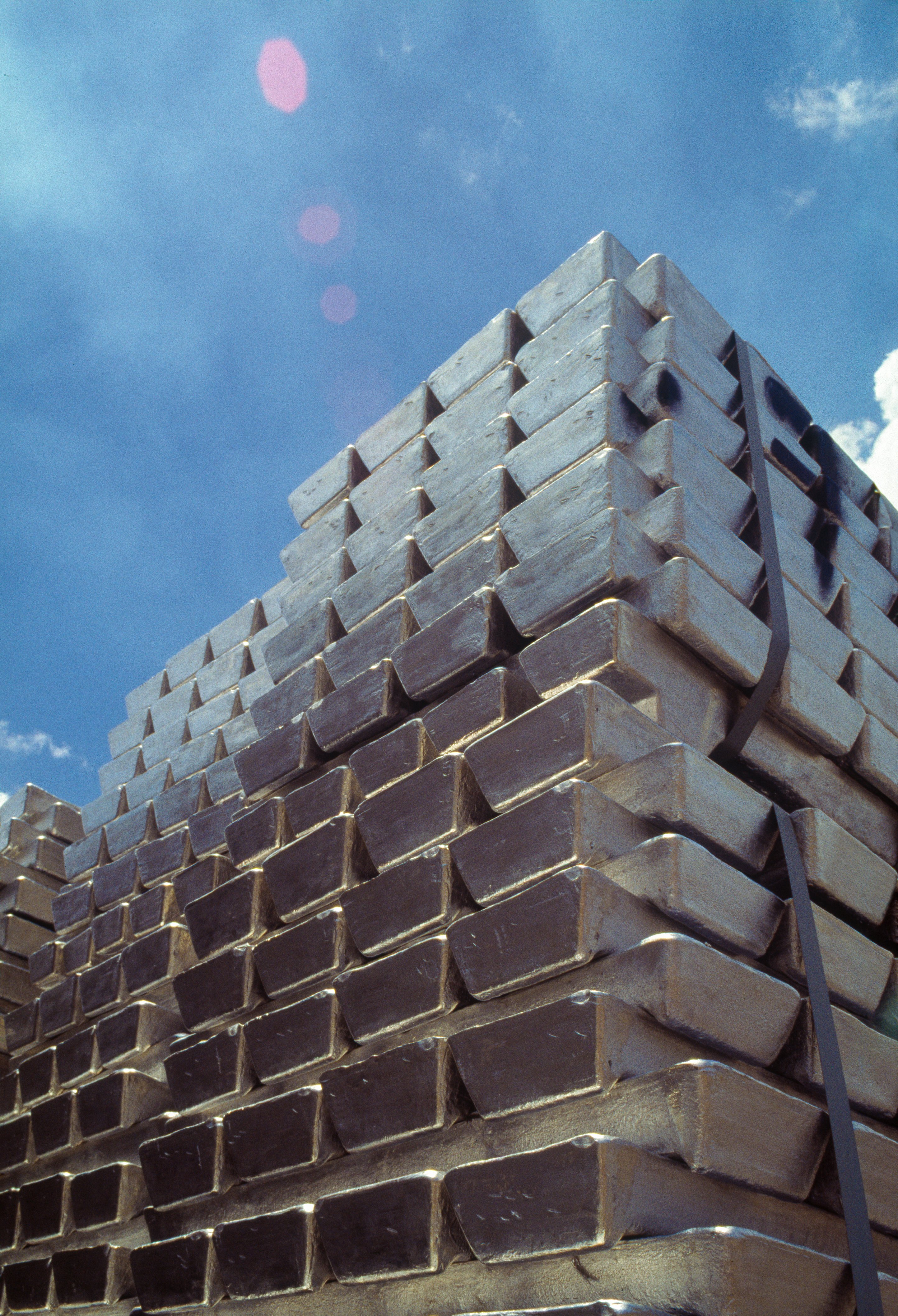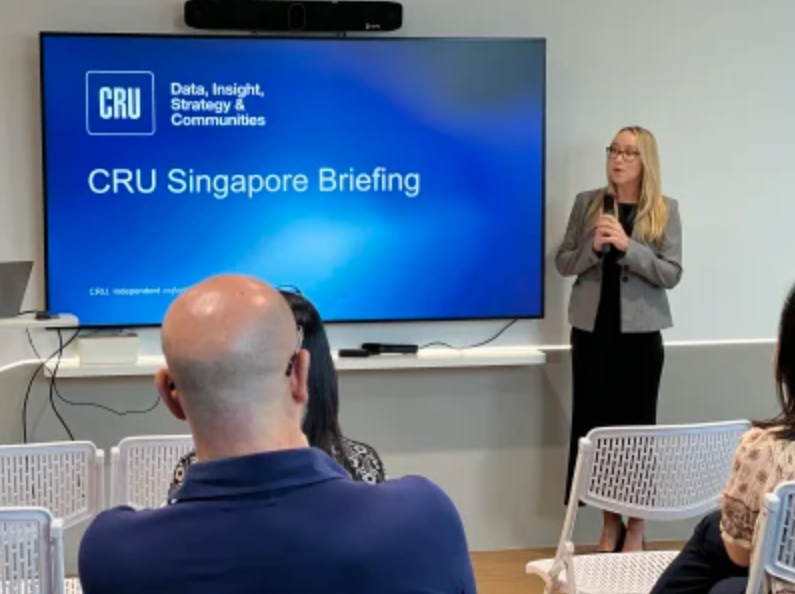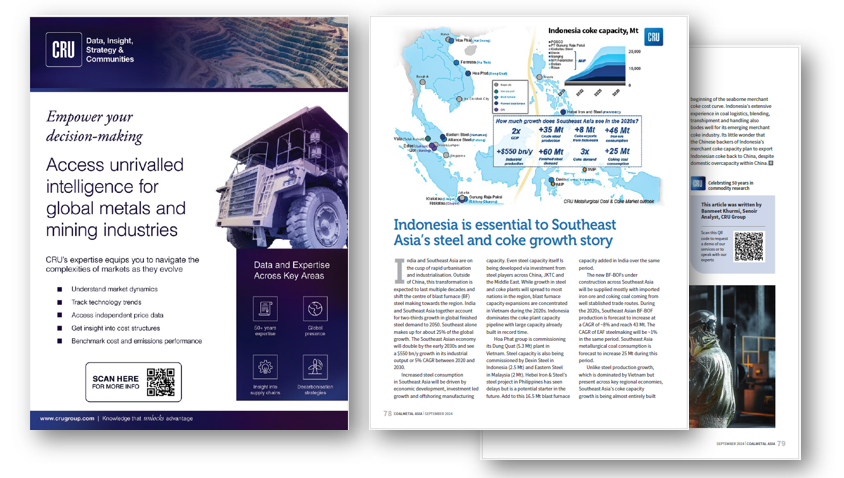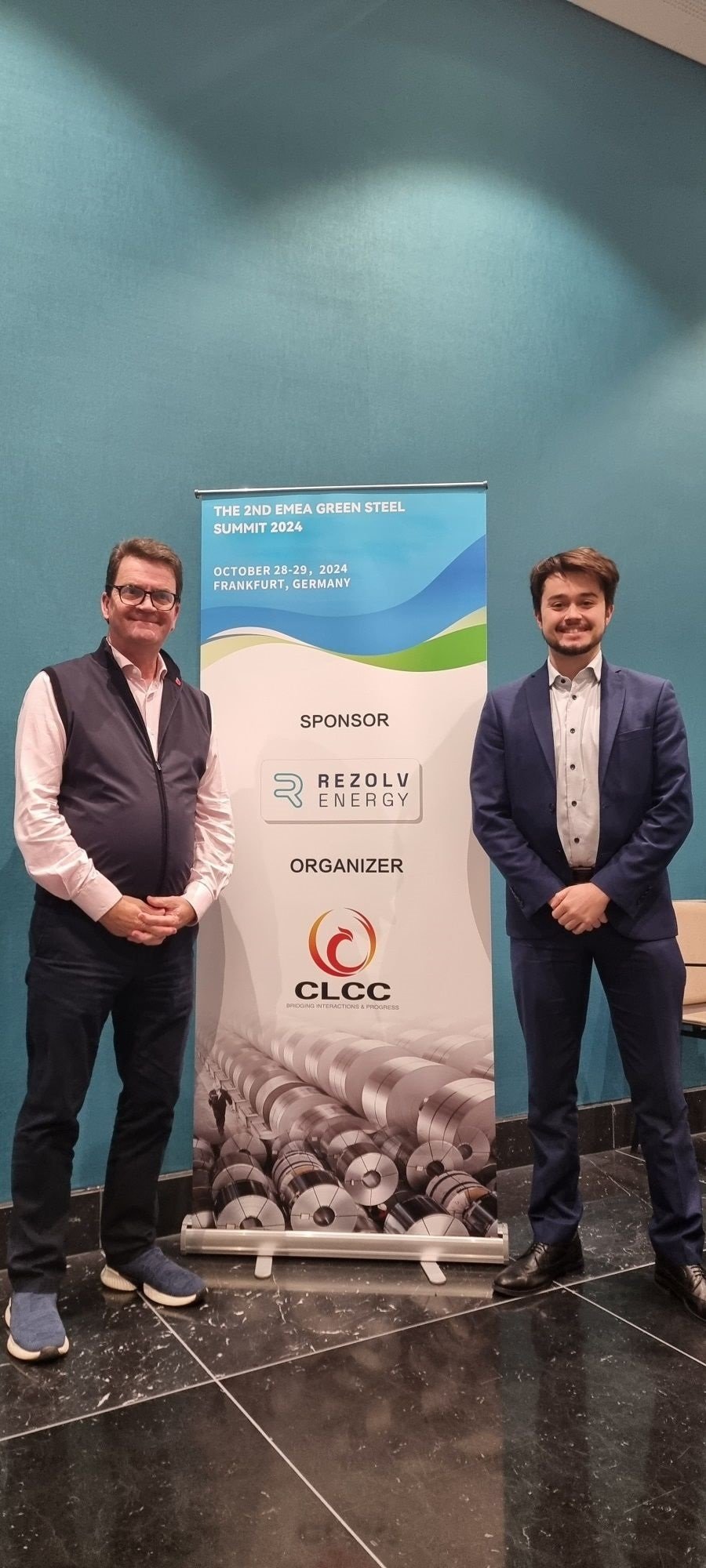
CRU Thought Leadership on Tour in Germany
CRU Strategy team consultants Matthew Poole and James Mewse were delighted to attend the 2nd EMEA Green Steel Summit in Frankfurt, where Matthew shared his insight on the outlook for the green steel market. The team met with past and prospective clients.
After numerous deeply insightful presentations and conversations with those involved across the industry, some of the key takeaways from the conference are outlined below:
- According to a recent survey sponsored by SteelZero, more than 50% of respondents (buyers of steel and concrete) said they are willing to pay a premium for low carbon or green products and expect these types of steel to be the market ‘standard’ within ten years...
- Technologies are available today to help reduce emissions from existing steelmaking processes. Advocates of carbon capture and biocarbon, for example, promise a less capitally intensive pathway to start to reduce emissions now....
- There are potentially alternative solutions to low or zero emissions reduction of iron alongside hydrogen based DRI. The green iron reduction process developed by Greeniron H2 AB of Sweden claims to be able to reduce iron ore via hydrogen in a batch furnace process and, unlike DRI, is not limited to high quality iron ore (pellet) feedstock. Scale-up and operating costs remain a challenge but maybe one to watch?...
- Carbon will increasingly influence trade. In Europe, re-rollers of steel may lose competitiveness due to the high costs incurred when importing high CO2 emissions semi-finished steel, due to the pending CBAM. It was claimed by some at the summit that European longs producers may benefit from CBAM as they have spare capacity to replace high CO2 imports…
- Digital technologies are helping to improve process efficiency and enhance steel circularity within some steel producers in Europe. One of which includes “digital twins”, generating a virtual environment involving scenario modelling, monitoring, and predicting outcomes.
- The supply of green or low carbon plates appears to be a good opportunity for European steel producers. According to Alistair Ramsay of Rystad, demand for plate for wind farms across Europe will reach 9 mtpa by 2030. Developers and operators of renewable energy projects are determined to reduce the emissions associated with the construction of such projects and steel has a role to play in achieving this...
- Water consumption a present and future issue for steel production in some regions. Despite recent weather events in Spain, water shortages have resulted in production stoppages in the country in recent years. With water availability expected to be an increasing issue globally in the long term, the steel industry will need to work harder to reduce water consumption and increase water recovery and recycling. Steel makers in Europe, especially southern Europe, will not be immune from this trend…
Although many challenges remain, the transition of the European steel industry to enable the supply of lower carbon or ‘green’ steel to customers represents a real opportunity for the industry to improve profitability. It is estimated that for every 10 Euros of green premium that can be charged (over and above increased production costs) the EBITDA/Sales margin of the industry would increase by 1%. This requires steel makers to adopt pricing strategies other than the conventional ‘cost plus’ methods and a more strategic approach to marketing and selling ‘green’ steel.
If you would like to get CRU's views and analysis on these takeaways, or any other aspect of the emerging green steel market in Europe or other regions please contact our Strategy team.

